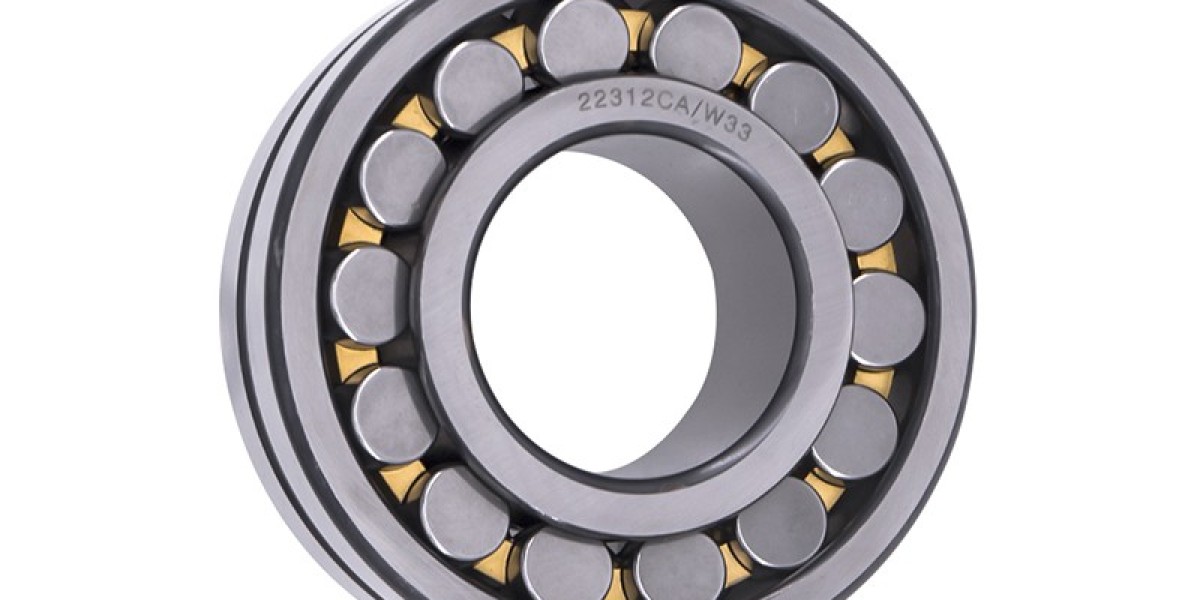One such essential component is the self-aligning ball bearing, a bearing designed to handle misalignment and other challenges commonly found in industrial applications. In this article, we’ll examine the features and advantages of these bearings in greater detail.
What Makes Self-Aligning Ball Bearings Unique?
A self-aligning ball bearing is designed with two rows of balls and a common outer race that is spherical in shape. This design allows the bearing to automatically compensate for any misalignment between the shaft and the housing, which is common in industrial environments. This means that even if the alignment is imperfect, the bearing can still function smoothly and efficiently.
How Self-Aligning Ball Bearings Work
The spherical outer ring allows the bearing to pivot slightly, compensating for small angles of misalignment. This adjustment helps minimize friction and wear on the components, maintaining the performance of the machinery and preventing breakdowns. Unlike traditional bearings, which may fail when alignment issues arise, self-aligning ball bearings provide a more flexible solution for industrial systems.
Applications of Self-Aligning Ball Bearings
Self-aligning ball bearings are used in a variety of industrial applications, particularly in systems where the alignment of components cannot always be perfectly maintained. Some of the most common applications include:
Automotive Manufacturing
In automotive systems, these bearings help ensure smooth rotation of engine parts, transmissions, and other moving components. Misalignment is a common issue in automotive manufacturing, and self-aligning bearings help mitigate its effects.Textile and Paper Mills
Machinery in these industries is subject to high levels of vibration and movement. Self-aligning ball bearings provide stability and help maintain smooth operations even under these demanding conditions.Industrial Fans and Ventilators
Self-aligning ball bearings are also used in ventilation systems where shaft misalignment can cause instability. By accommodating misalignment, these bearings ensure that fans and ventilators continue to operate efficiently.
Key Benefits of Using Self-Aligning Ball Bearings
Reduced Maintenance Needs
Misalignment is a common cause of bearing failure, and self-aligning ball bearings help alleviate this issue. Their ability to adapt to slight misalignments reduces the need for constant realignment or maintenance.Increased Machinery Lifespan
The unique design of these bearings minimizes stress on machinery components, reducing wear and extending the life of the entire system. This leads to fewer repairs and replacements, which saves costs in the long run.Efficient Load Distribution
Self-aligning ball bearings are capable of handling both radial and axial loads. Their dual-row ball design increases their load capacity, making them suitable for applications with varying load conditions.Improved Operational Efficiency
By accommodating misalignment, these bearings help reduce friction and heat generation. This translates to smoother operation and better energy efficiency in machinery.
Conclusion
Self-aligning ball bearings are a versatile and effective solution for addressing alignment issues in a variety of industrial applications. Whether you're working in automotive, textiles, or ventilation systems, these bearings offer key advantages such as reduced maintenance needs, increased lifespan, and improved operational efficiency. To learn more about how self-aligning ball bearings can benefit your machinery, explore their applications in your industry today.








